The white skin booming trend isn’t only about being Western. In Asia, there is a deeply rooted cultural notion that associates dark skin with poverty and working in the fields. In contrast, pale skin reflects a more healthy and balanced lifestyle out of the sun and, therefore, a higher socioeconomic status.
In Chinese culture, women prefer lighter skin tone because they believe ‘yī bái zhē bǎi chǒu,’ which means ‘a white complexion is powerful enough to hide seven faults. Such remarks can be found even in ancient Chinese literature.
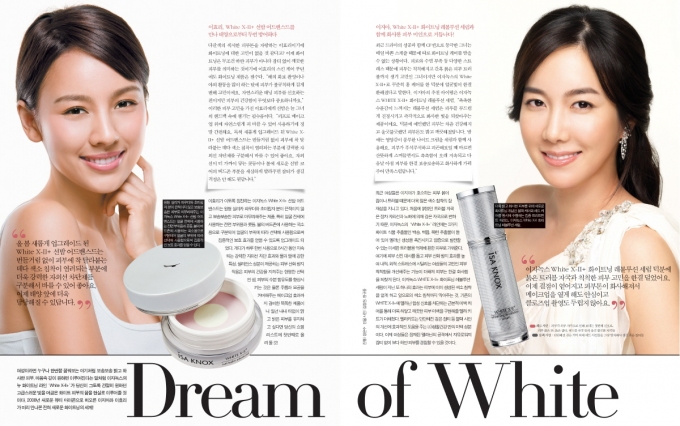
For the same reasons, this cultural trend impacts Millennial and middle-class Chinese citizens as we can see in the main Chinese cities: Chinese women especially care a lot about covering their faces and body from the sun with dark covering clothes and umbrellas when the weather is sunny. This is why the skin whitening cosmetics market is still booming despite the big controversies surrounding the subject in Western countries.
White skin is on top of all Chinese beauty standards
Although in the West now it’s more desirable to be tanned and have brownish skin, which means that this person has time and money to go on holidays and sunbathe, in China the trend is still the same as it was in ancient China (and in the West that time). Any Chinese woman aims for glowing skin and follows different Chinese beauty secrets to obtaining the whitest skin possible.
In China, women used white powder as early as the reign of King Wen (1100 BC) and at the court of the first emperor of China (259-210 BC). Chinese beauty is associated with white skin, as it was always linked to a higher socioeconomic status.
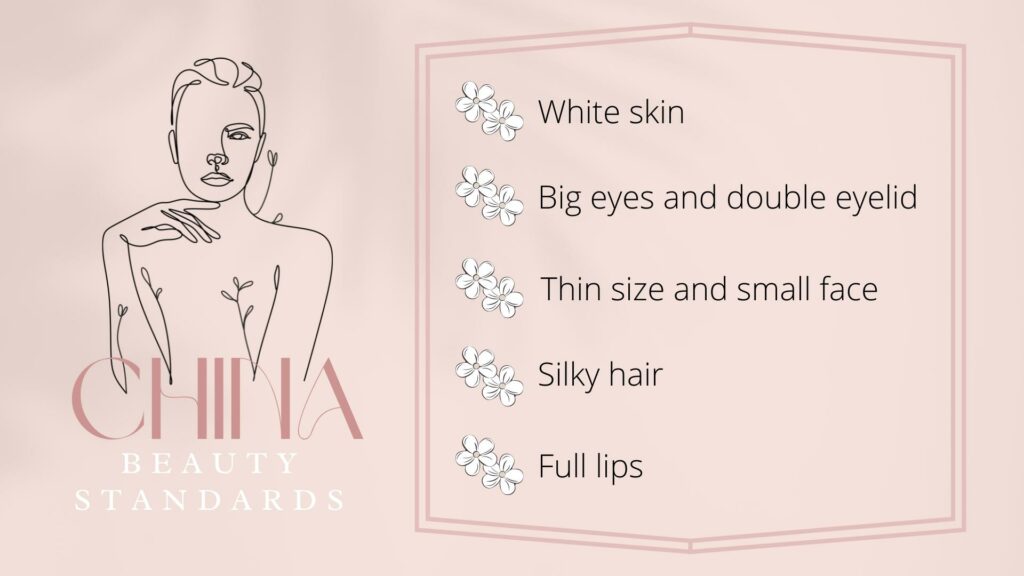
Today, as many Chinese beauty standards are changing due to the modernization of society, white skin is still desired by most. Porcelain skin is also considered the most beautiful in South Korea, and as Korean beauty and cosmetics are very popular in China, the trend for pale skin stays as strong as ever. There is even a common Chinese saying; 白富美 bái fù měi, which means; white, rich, and beautiful and is a way to describe the ideal Chinese woman.
China’s whitening products market
Globally, the demand for whiteners is climbing, projected to reach $31.2 billion by 2024, up from $17.9 billion in 2017, especially in Asia, the Middle East, and Africa, according to market intelligence firm Global Industry Analysts. Routine skin whitener use ranges from 40% in China, Malaysia, the Philippines, and South Korea, according to the World Health Organization.
Whitening products have long been the norm in Chinese beauty practices, and this has resulted in China boasting an impressive market for such goods. This passion for pale skin can be seen through the multitude of whitening options available to consumers across all cosmetics categories – from foundations, powders, and day creams to moisturizers.
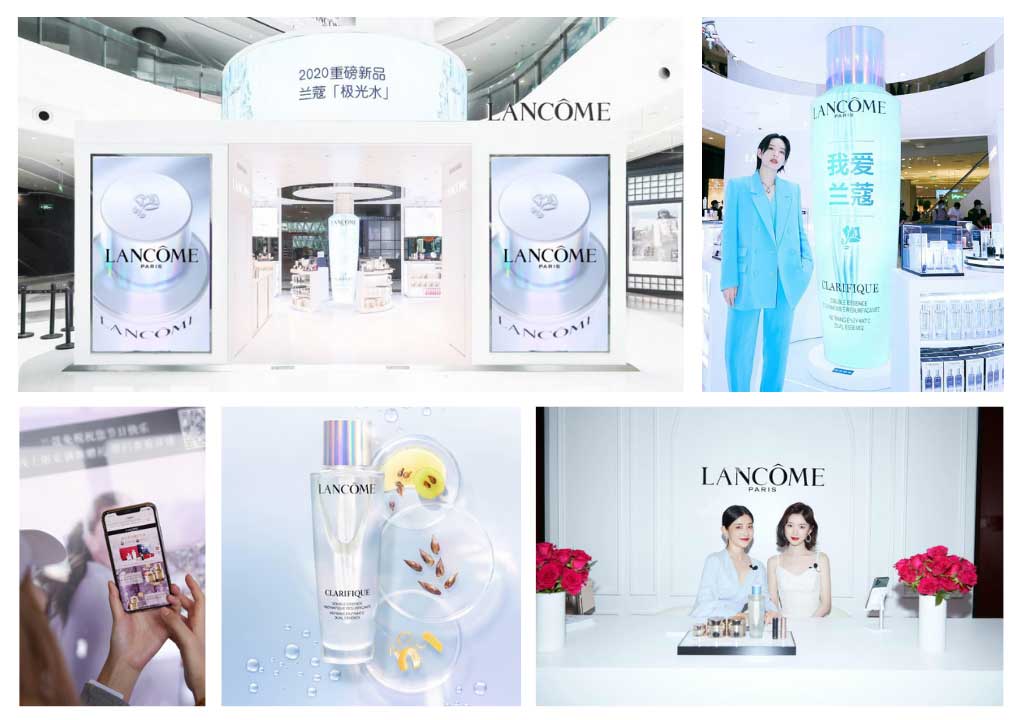
Because of that, many popular brands have tapped into this desire by providing their own take on these staples with a ‘whitened’ spin; making it difficult not to find something that is advertised as having brightening effects while searching stores!
Skin-whitening products are dangerous for the health
Most commonly, people can develop contact dermatitis, an inflammatory reaction due to allergy or irritation leading to redness, itching, edema, and heat. It can take two weeks to clear but can also lead to post-inflammatory hyperpigmentation.

A skin-whitening trend won’t slow down in Asia
The demand is expected to continue to grow despite their potential health dangers. Asian consumers are highly concerned regarding their beauty and hence tend to spend more on such products, particularly the current generation of consumers in their teens who tend to have a significant beauty budget. The World Health Organisation survey found that nearly 40% of women polled in nations including China are still currently using whitening products, as a habit.
Financial factors won’t stop Chinese consumers
The rise in demand among Chinese consumers for whitening filters in the chemical composition of cosmetics is causing these products to cost more. But those consumers, who are ready to spend millions of dollars in order to enhance their overall appearance, won’t stop buying cosmetics with whitening ingredients because of a higher price. Cosmetic manufacturers are launching skin-lightening products on a regular basis in order to cash in on this lucrative business.

Other uses of skin whitening products in Asia
Skin whitening products are also used to treat acne marks or to even out her skin tone after a tan. As many Chinese people have problems with acne, they are trying to treat them with herbal medicines, green tea, and also products with whitening filters.
But most consumers that use skin-whitening products grew up under pressure to be fairer. Most of these consumers in Asia believe that skin-whitening products can help to make their skin healthier and brighten.
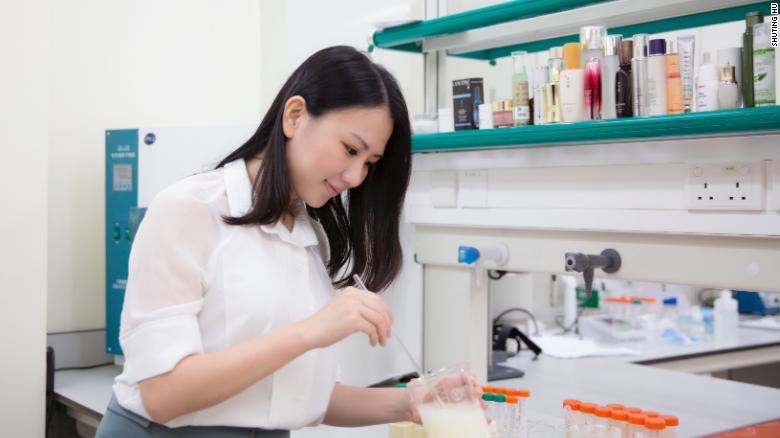
However, many products need to keep up to date with research. Most of the whiteners are using outdated active ingredients, and people prefer to try something new and novel. This is the main reason the market is still profitable and many brands are still launching their skin whitening products as there are opportunities in the Asian market.
The challenges of whitening skincare products
The color of our skin is determined by melanin, which is produced by melanocytes, a type of skin cell. Everyone has different numbers of melanocytes, and that’s why we have different skin colors. It’s impossible to change your gene or race, so there is a natural limit to the whitening effects that you can achieve through using skincare products.
It is impossible to make one’s own skin color lighter than one is born with. Because Asian skin has more melanin than Caucasian skin, inflammation can lead to postinflammatory hyperpigmentation, or discoloration, which usually goes away within a few months but can last indefinitely.
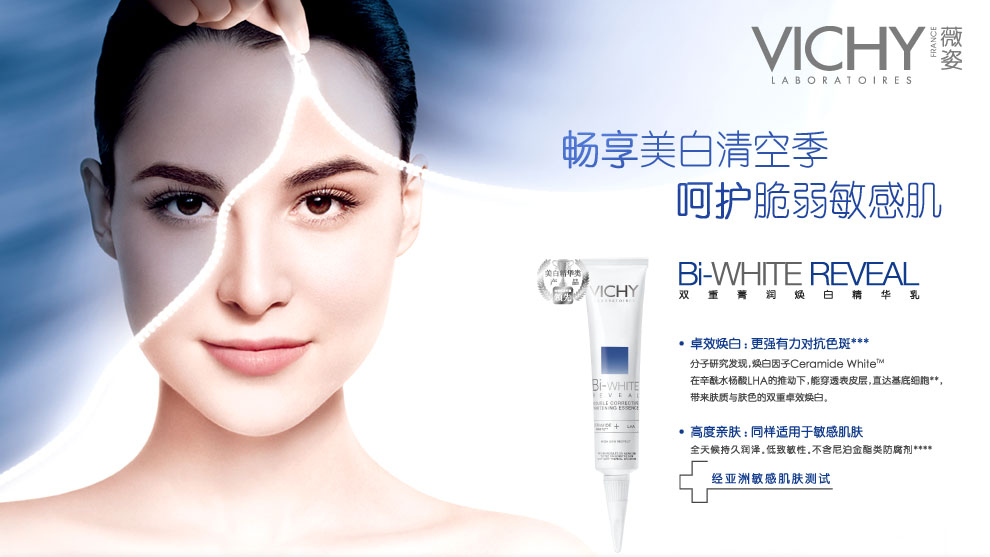
A lack of knowledge regarding skin-whitening dangers for the skin
The most dangerous thing is trying to whiten the skin in a short time, but still, some people keep doing it. Those people lack proper education about those products and don’t know it results in severe problems to the skin, such as allergies or depigmentation.
Many skin-whitening products companies had to recall some of their products after complaints from their consumers, who got their skin damaged by their products. In addition, a lot of brands are just surfing the trend of this lucrative market and don’t even have the right to commercialize those products and are just selling basic products with white packaging and lying marketing.
Lack of law regarding skin-whitening products
There is no regulation of these products, and the advertising industry was using actors and spokespersons to promote these products as a way to enhance the desire for skin-whiteners. We discover a range of new side effects every year, depending on the whiteners’ ingredients.
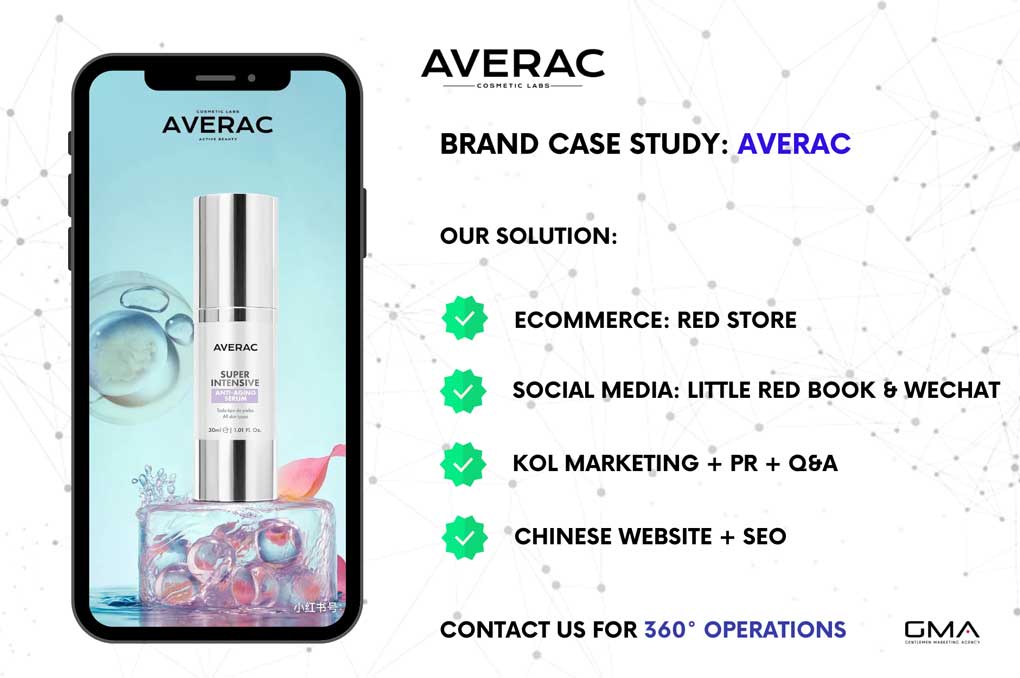
There are also different rules governing products in Asia. For example, cosmetic products in China require approval from the China Food and Drug Administration, which is one of the most strict regulations on skin whitening worldwide. There is an ingredient approval list but no limit on their concentration. For an ingredient to be added to the list, registration is required and could take years of research and a lot of investment.
There are ways to use skin-whitening products safely
There is a safe way to whiten if allergies and ingredients are taken into account. The way to achieve this is not by killing your melanocytes but to inhibit the synthesis of melanin or accelerating the removal of existing melanin. You can look for a regulated product from an authorized dealer, be patient and continue to use it as long as you’re not allergic to it, and read and understand the ingredient list.
L’Oréal ditches ‘fair’ and ‘lightening’ words from its beauty products
The announcement comes as a number of other major beauty companies turn on their terminology. Beauty giant L’Oréal has said it will remove words like ‘white/whitening’ from all its distributed skincare products. L’Oréal said it would also ditch phrases that include ‘fair/fairness’ and ‘light/lightning’.
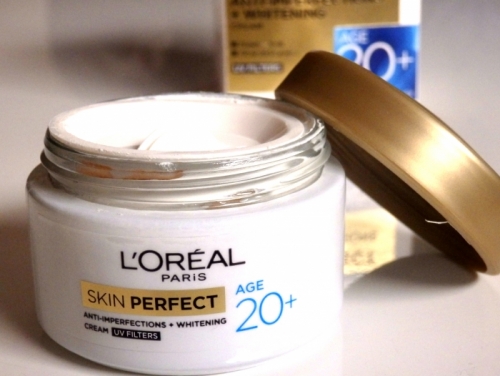
For example, Neutrogena Fine Fairness, available in Asia and the Middle East, and Clean & Clear Fairness, have now been discontinued. However, consumers have called for the brand to be banned altogether in a petition addressed to Unilever’s CEO Alan Jope, which has amassed more than 13,000 signatures.
We can help you market your cosmetics in China
With high demand and a large number of products available, more regulations and programs are needed to teach people about potential side effects. Governments should support or initiate social programs that encourage people to appreciate diversity in skin color and not make simple connections between being fair and being beautiful and successful.
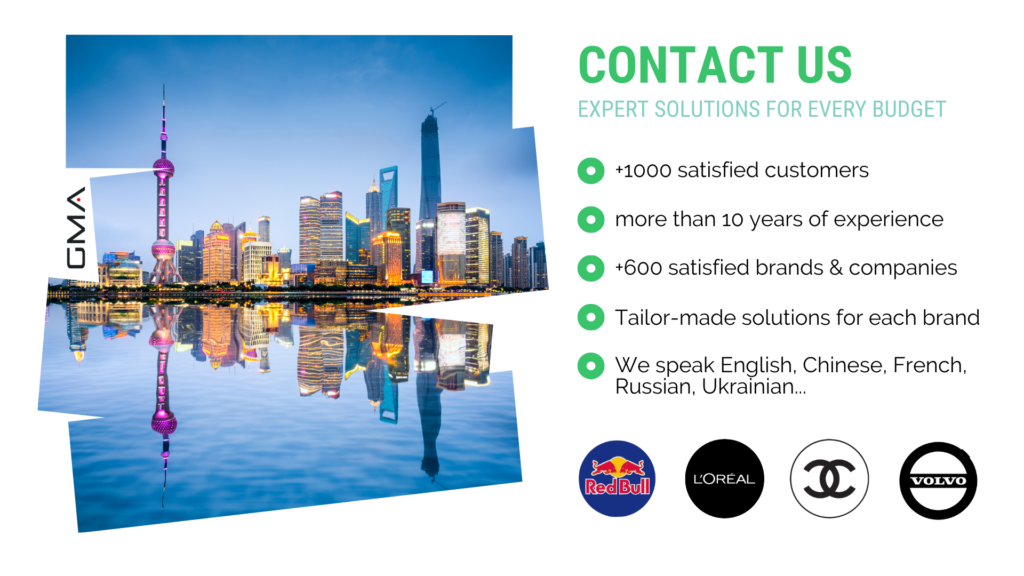
We are a China digital agency focusing on digital marketing and e-commerce solutions for western brands in the Chinese market. Our Chinese and foreign experts have the experience and know-how needed to successfully launch a foreign brand in the cosmetics market in China.
If you have a safe and healthy whitening product line that would be perfect for the Chinese market, we can help you promote and sell your products to the Chinese audience.
Some of our services include:

Don’t hesitate to leave us a comment or contact us to discuss your options in the Chinese market. We offer a free consultation, where our expert will learn about your brand and present the opportunities for your market entry. Let’s keep in touch!
Here are some of our cosmetics case studies:
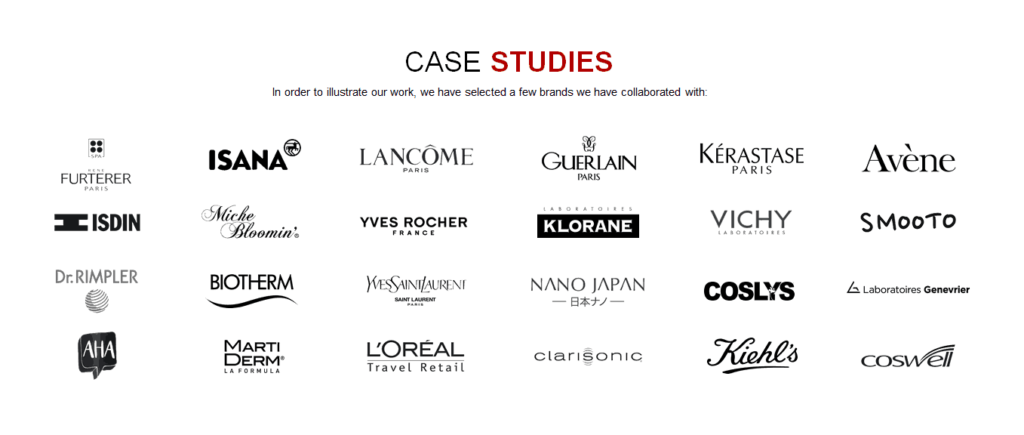


2 comments
sikis izle
Sweet web site, super design, very clean and use pleasant. Issie Mohammed Tressia
erotik izle
Excellent site. Plenty of helpful information here. Mirilla Cedric Lenhart